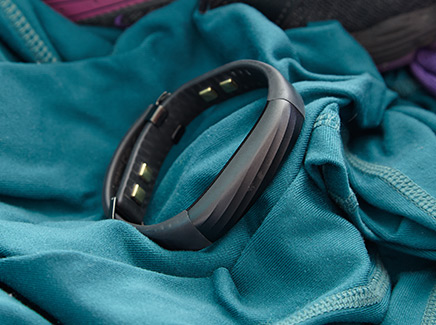Tom's Guide Verdict
The $179 Jawbone Up3 is a capable activity tracker with advanced sleep monitoring, but it doesn't provide enough for the money.
Pros
- +
Lightweight design
- +
Colorful, easy to use
- +
Smart Coach gives you healthy advice
Cons
- -
Annoying clasp
- -
No authentic sleep tracking
- -
Inaccurate heart-rate monitor
- -
Can't track heart rate continuously
Why you can trust Tom's Guide
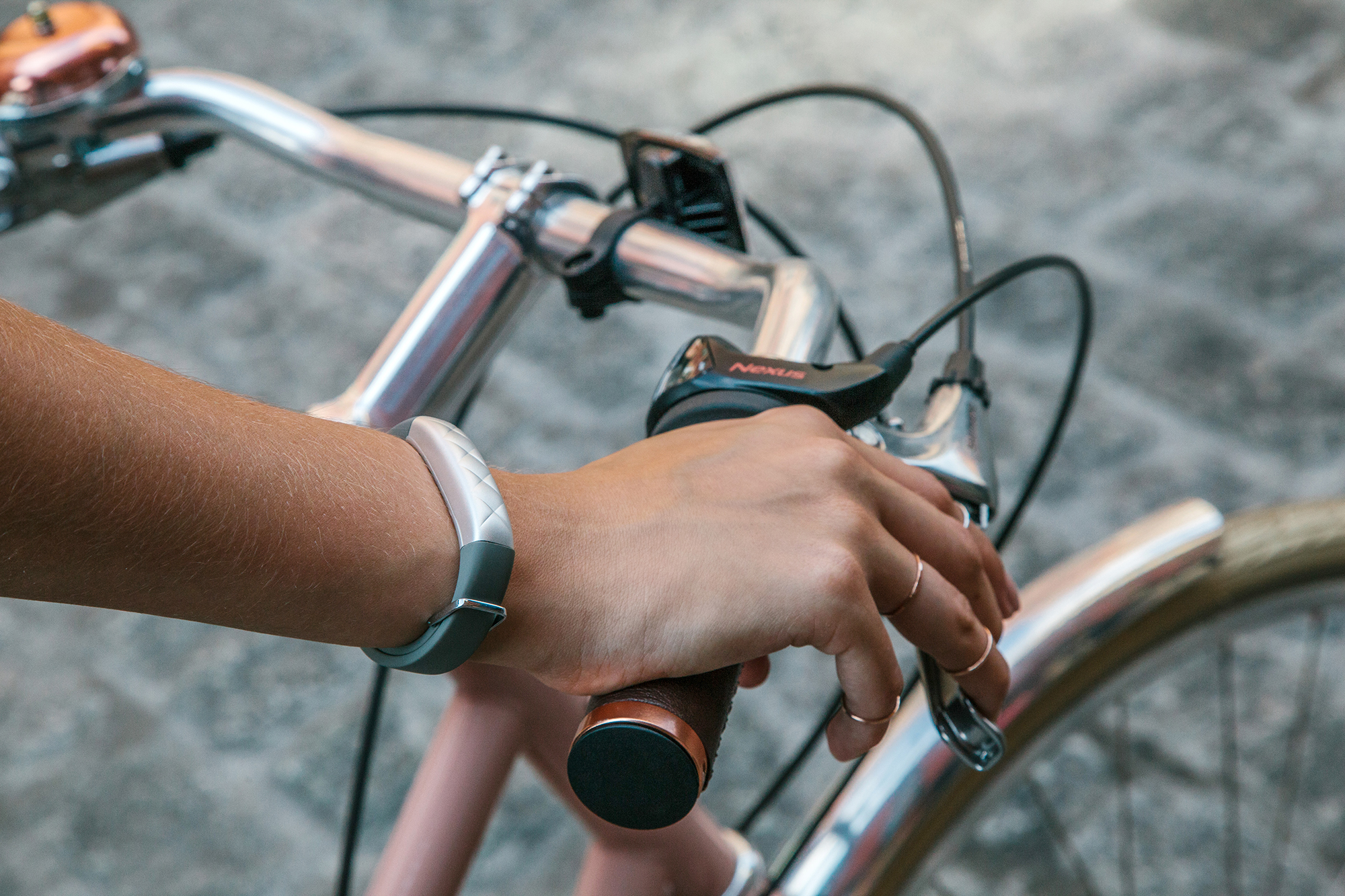
Jawbone wants to be on you all the time, and the Up3 is its latest attempt to make that happen. It's a sleek and slim activity tracker that notches all of your steps, calories, distance and sleep data, and has an unobtrusive heart-rate monitor that measures your pulse every morning to assess your resting heart rate. However, despite its ease of use, we're not sure if it's the tracker you should be wearing 24/7.
WHAT'S NEW
The biggest hardware difference between the Up2 and the Up3 is the latter's heart-rate monitor.
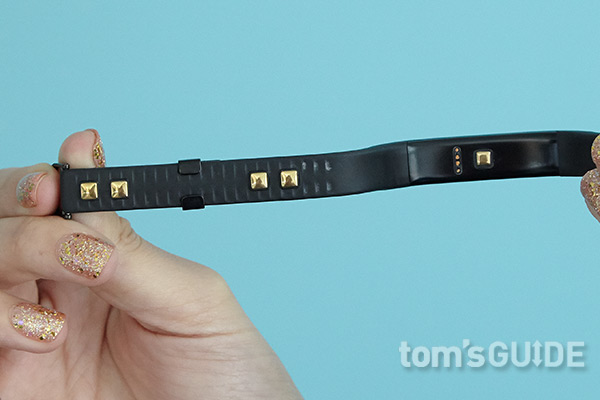
On the underside of the band are five metal squares that Jawbone calls "bioimpedance" sensors. Rather than measuring your heart rate optically using lights (as the Fitbit Charge HR does), these sensors — similar to those embedded in the handles of the elliptical machine at the gym — send small electrical currents into your skin and measure the tissue resistance to calculate the number of beats per minute.
Strangely, the Up3 doesn't continuously track your heart rate during the day, but it monitors you throughout the night, and takes a final reading when you wake up and exit sleep mode.

Jawbone revamped its sleep tracking to take advantage of this heart-rate technology, and it now monitors light, deep and REM sleep. During deep sleep, your muscles repair themselves from the day's work and exercise, and REM sleep is crucial for the brain's memory upkeep. It's a more thorough breakdown than the app's previous light and sound sleep categories.
WHAT'S THE SAME
The Jawbone Up3's band design is nearly identical to the Up2's. It's a smooth, black strap, but instead of the Up2's faint crosshatched pattern, the Up3 has a wide, ribbed pattern on the top of the band. However, it's just as frustrating to put on as the Up2, thanks to the wonky clasp.
MORE: Best Fitness Trackers
Get instant access to breaking news, the hottest reviews, great deals and helpful tips.
The Up3's performance is also similar to that of the Up2: Its accelerometer counted my 140 steps around the office as 110, and it took only 2 to 3 seconds for the band to pair with the app.

Jawbone's new band utilizes the same fun and friendly Up app as the Up2. The home page shows you progress bars of your sleep and activity data, along with "Today I Will" cards with challenges to push you to the next level. Smart Coach cards are also front and center, giving you healthy tips based on your current activity and sleep data. Smart Coach gets better with age: The more you use the Up3, the more data it has about you and the more information Smart Coach has to actually coach you.
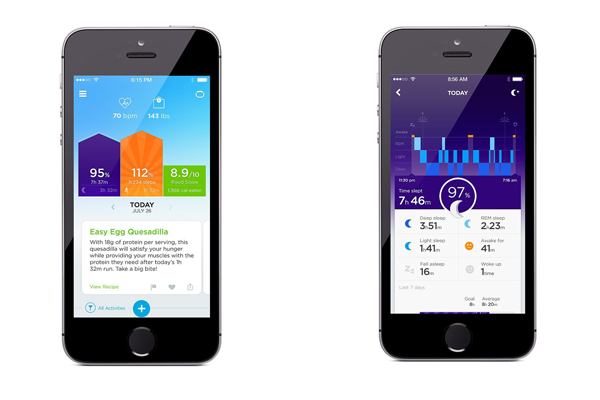
While Jawbone's app is all you really need to get the most out of the Up3, you can also connect third-party apps, including Strava, RunKeeper, MyFitnessPal and Kiqplan. That gives you the convenience to use your Up3 in conjunction with your favorite fitness apps, and have a wider, cohesive collection of data.
WHAT I LIKE
Deep Sleep
Each morning, I looked at my sleep graphs from the night before, and they matched how I thought I slept. On a night when I passed out like a log, I saw I was in REM sleep for at least an hour longer than I usually am, even though I slept the same 7 or so hours that I usually do each night.

There's also a line graph showing your heart rate throughout the night, which is pretty neat to see. However, the heart-rate monitor isn't the most accurate. The Up3 measured my resting heart rate as 63 beats per minute one morning; in comparison, the Mio Alpha 2 monitor measured it at 74 bpm.
MORE: These Battery Breakthroughs Will Change Your Life
Tom’s Guide has tested the Mio Alpha 2 using an EKG machine under the guidance of a cardiologist, and found it to be one of the most accurate wrist-worn monitors. When asked about this difference, a Jawbone representative told me that the Up3's bioimpedance heart-rate sensors were within 3 beats per minute of chest-worn ECG devices.
Battery Life
Jawbone claims the Up3 can get up to seven days of use on a single charge. After using it for four days, I'm on track to get eight days before it needs more juice. That's close to the 10-day battery life on the Fitbit Charge HR.
WHAT I DON'T LIKE
The Clasp
The new clasp on the Up3 is more secure, albeit more complicated, than the previous-generation Up24's stretchy closure. I often couldn't properly fasten the hook-and-eye type closure without pinching my skin a little.
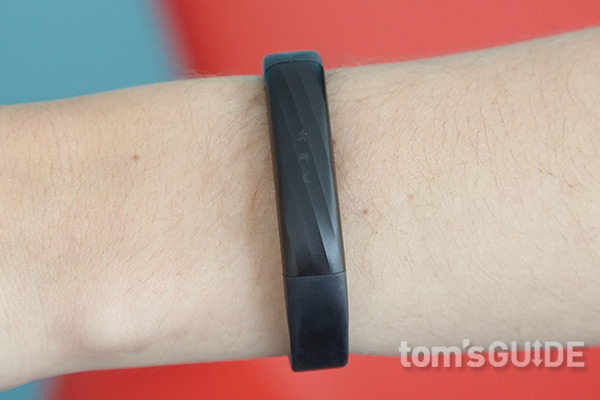
Also, the Up3 is "one size fits most," and I found it to be slightly tighter than the Up2 at first. This might be because the heart- rate sensors need to be right up against your skin to get an accurate reading.
Limited Heart-Rate Monitoring
The resting-heart-rate monitor on the Up3 does just that — tells you your resting heart rate every morning, and that's it. You can't check your pulse anytime you please, as you can on the Fitbit Charge HR. Nor can you use it when exercising, which is also a major omission.
Jawbone says that, for the Up3, it focused on resting heart rate for a more holistic health approach. But considering the Charge HR gives you an all-purpose monitor for $30 less, the Up3 is much more limited by comparison.
Sleep Mode Activation

Currently, to enable sleep tracking, you have to put the Up3 in sleep mode manually. You can do this by tapping the band twice and holding on the second tap, or by enabling the mode through the app. There were nights when I was so tired that I forgot to enter sleep mode, and my nighttime heart-rate measurements were never recorded. I much prefer the automatic sleep detection in the Fitbit Charge HR.
BOTTOM LINE
Looks aren't everything. The Up3 is another attractive activity tracker from Jawbone, but it's not worth the money. It tracks activity and sleep well, and if you listen to Smart Coach, you could actually develop some healthy habits. However, the Up3's defining feature — its heart-rate monitor — is underwhelming. It measures your heart rate only once a day and, even then, does so inaccurately.
It may not be as sleek, but the $149 Fitbit Charge HR offers a more versatile heart-rate monitor for a better price.
Follow Valentina Palladino at@valentinalucia. Follow Tom's Guide at @tomsguide and on Facebook.
Valentina is Commerce Editor at Engadget and has covered consumer electronics for a number of publications including Tom's Guide, Wired, Laptop Mag and Ars Technica, with a particular focus on wearables, PCs and other mobile tech.
